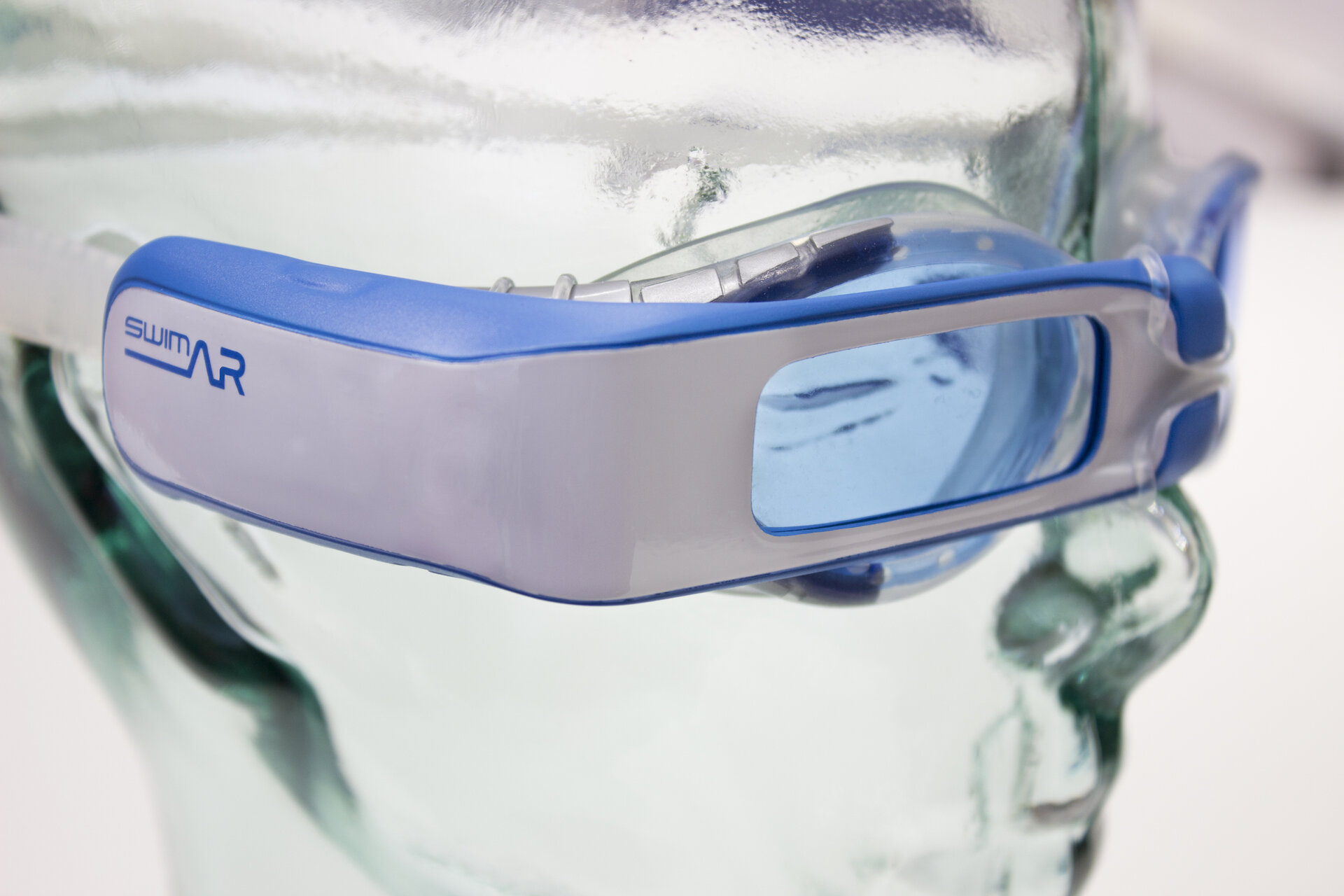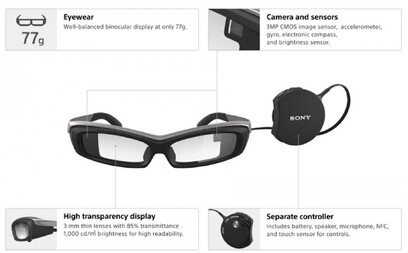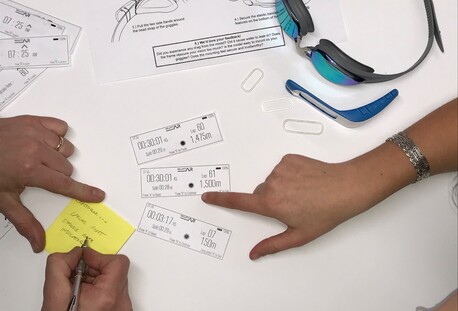SwimAR development
The idea for SwimAR originally came whilst swim training for a triathlon in 2010. We questioned the lack of wearable technology for the pool, giving the same real-time feedback available on the bike or when running. We wanted a holographic display underwater that attached to goggles but the technology wasn't available at the time.
Partnering with Sony
Finally, in 2016, after years of tinkering with ideas and a few Factory Friday brainstorms, we discovered a technology that made it possible for us to bring a swimmer live data, directly into their line of sight.
We looked into various AR (augmented reality) technology, but until Sony developed it's SmartEyeglass, nothing came close to what we needed.
A richer experience
AR is not new, but is often relegated to the living room and the world of entertainment.
Here's a great example of it being used at the Opera to enhance the audience's understanding through translation.
Paper prototypes of display
We asked coaches, swimmers and triathletes what the most important data was for them when training, discovered how varied pool lengths are around the world and how different goals will impact how you use SwimAR.
This enabled us to design the software appropriately.
Measuring performance
We wanted to develop the technology to give real-time insights to swimmers in pools and open water, that would improve both their performance and training experience.
We came up with an idea that we were able to miniaturise and could detect lap times, calculate split times and distance whilst sorting multiple streams of data as set by the user, enabling swimmers to focus on style and form.
Visualising Data
The holographic technology, far superior to anything we'd seen before, displayed graphics with the brightness and see-through transmittance suited to pool and open water swimming.
The issues of eye-strain that caused so many problems for GoogleGlass and other pool training aids, were not an issue with this type of technology, so we pressed on.
Dry land testing
The first working prototype was tested at Innovate 2017 in November to a delighted audience of swimmers and triathletes.
Final stage
After 110 hours of software programming and around 50 hours of 3D printing and prototype trials, we have a waterproofed SwimAR and plans for pool testing mid-January 2018.
Watch this space for updates.






